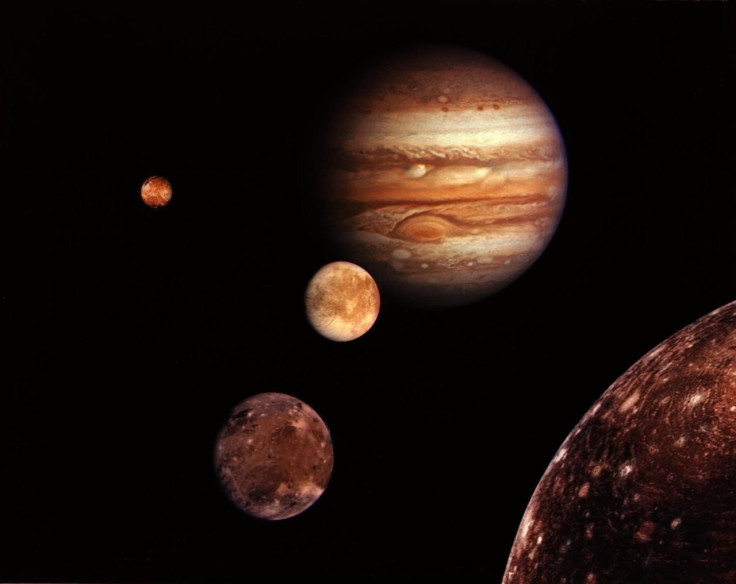Jumping Jupiter? Researchers Propose Explanation For Planet's Asymmetrical Asteroids
KEY POINTS
- Jupiter's Trojan asteroids are asymmetrical, with one having more than the other
- Researchers proposed the 'jumping Jupiter' as a possible explanation
- Understanding the phenomenon could help shed light on the Solar System's formation
Scientists have been trying to figure out why Jupiter's Trojan asteroid swarms are asymmetrical, with one bearing more asteroids than the other. It may be because Jupiter may have "jumped" fast during the early days of the Solar System, researchers suggest.
As of January 2022, there were more than 11,000 Jupiter Trojan asteroids registered in the Minor Planet Center, the researchers noted in a paper that was published in the journal Astronomy & Astrophysics.
Trojan asteroids are the ones that share an orbit with a planet, with one group leading the planet and the other trailing it at the L4 and L5 Lagrangian points respectively. And the ones in Jupiter's orbit around the Sun are particularly interesting.
What's so fascinating about these two asteroid swarms is that they are asymmetrical, with the L4 holding many more asteroids than L5. Scientists have known this for quite a long time, but exactly why this is the case has remained a mystery that the researchers have called a "long-standing problem." And as more Trojans are discovered, the ratio between L4 and L5 continues to change.
Both swarms have "almost identical" survivability and dynamical stability, according to New York University Abu Dhabi (NYU Abu Dhabi), so scientists have believed that the asymmetry stemmed from the early days of the Solar System. As such, learning more about it could also shed light on the formation of the Solar System.
In their work, the researchers proposed a possible explanation for the asymmetry: Jupiter jumped.
"After the planetesimals were captured into the Trojan population, the L4 or L5 swarm could initially contain a similar number of objects," the researchers wrote. "Here, we consider the subsequent evolution of the system when Jupiter happened to experience an outward jump and the librational spaces around the L4 and L5 points were distorted, possibly inducing different survival rates of the leading and trailing Trojans."
The "key" is the speeds at which Jupiter migrated as it "determines the shape" of the L4 and L5 regions, they explained. As a result, the L4 swarm ended up being more stable than L5.
The idea of a "jumping Jupiter" could explain this long-standing puzzle, the researchers said. In the future, studies may incorporate the other factors regarding the Solar System's evolution, thus hopefully shedding light on the mystery of its formation.

© Copyright IBTimes 2025. All rights reserved.






















